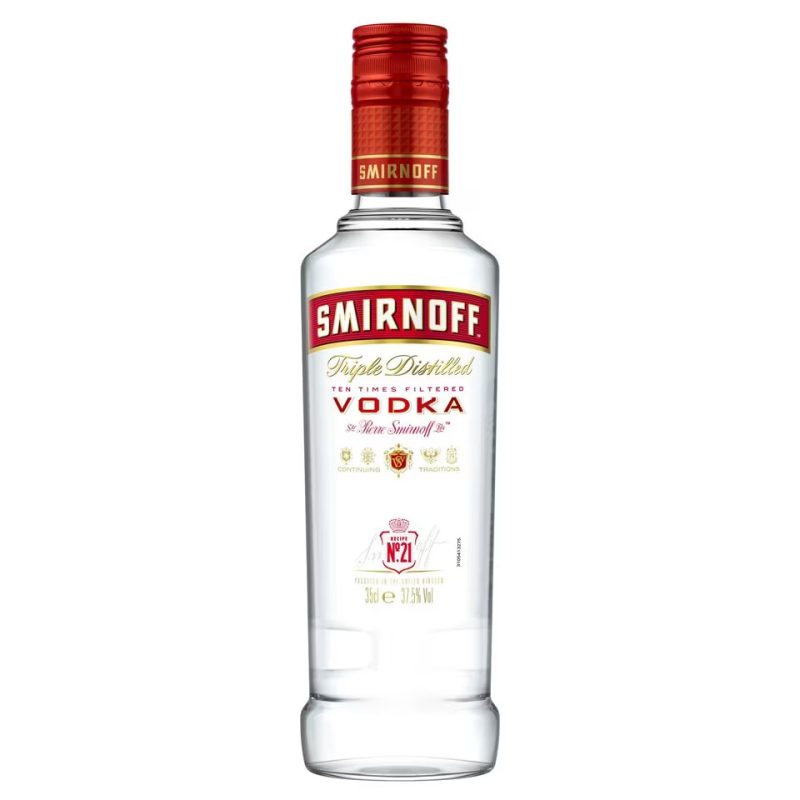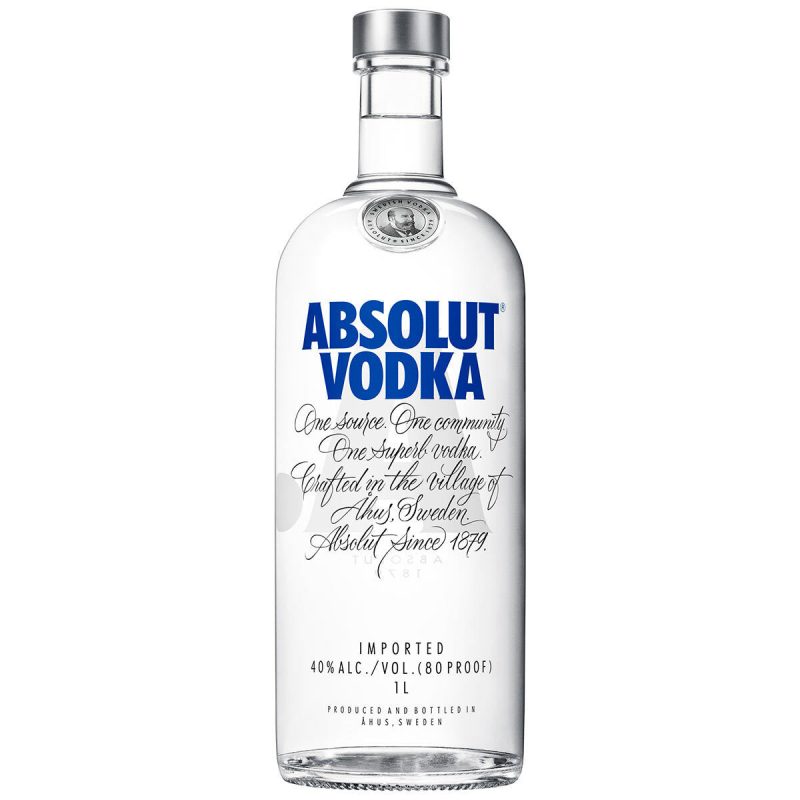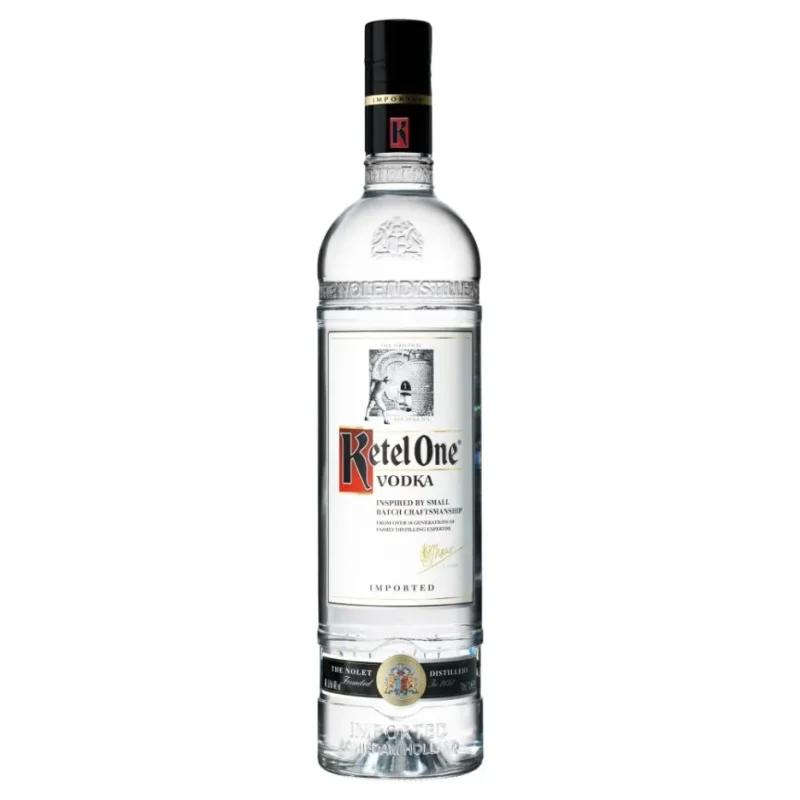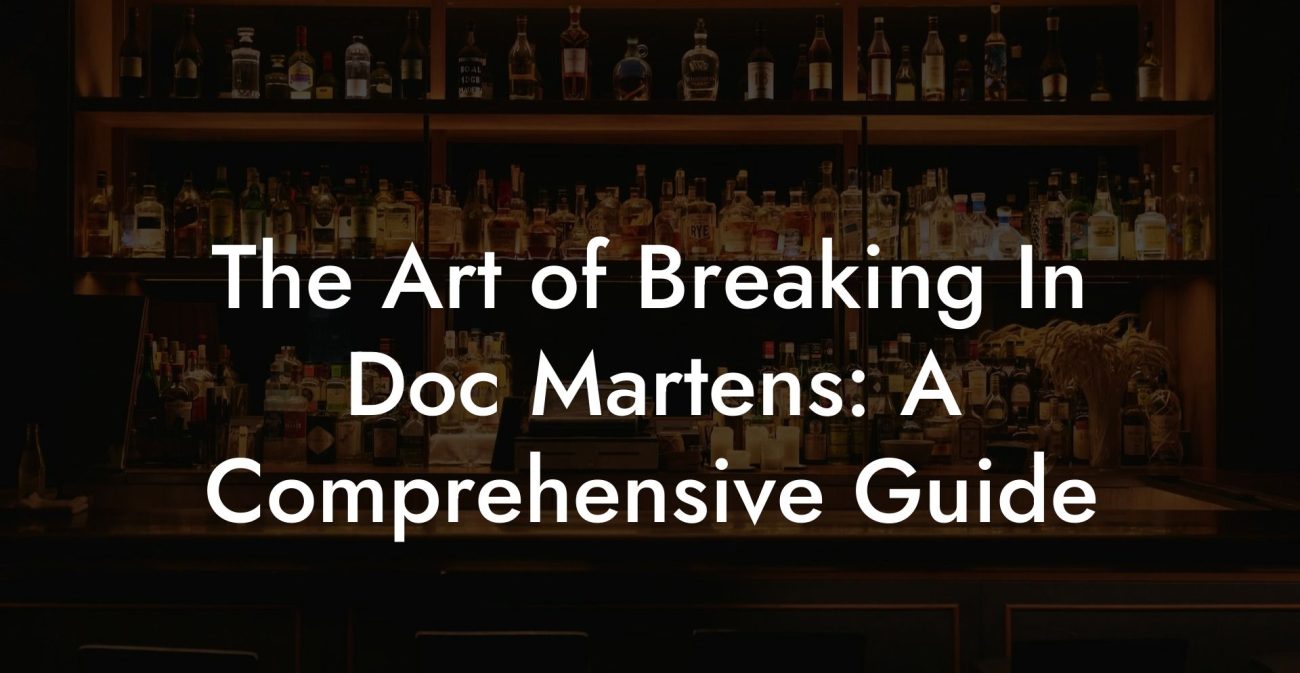Ever wondered how your favorite clear alcohol, vodka, is made? As vodka enthusiasts ourselves, we've got you covered. In this article, we dive deep into the process of vodka distillation. Not only will you walk away with a better understanding of vodka's creation, but you might even be inspired to try distilling vodka yourself!
Best Budget Vodkas Ranked
What is Vodka Distillation?
Vodka distillation is the transformative process of converting raw materials like wheat, corn, potatoes or other organic substances into the clear and flavorless spirit we all know and love. Distillation utilizes heat and cooling to separate ethanol (alcohol) from water, impurities, and other substances, leaving us with a high-quality concentrated alcohol.
The Vodka Distillation Process: Step by Step
Distilling vodka might sound complicated, but with a little patience and practice, anyone can make delicious homemade vodka. To get started, follow these steps:
1. Choose Your Base Ingredient
As mentioned earlier, vodka can be made from a wide variety of base ingredients. Selection will depend on personal preference, local availability, and budget. Common base ingredients include:
- Wheat
- Corn
- Rye
- Potatoes
- Sugar beet
- Grapes
Each base imparts subtle differences to the final flavor of your vodka, so feel free to experiment to find the one you like best.
2. Produce Your Fermentable Mash
Creating a fermentable mash involves breaking down the starches in your chosen base ingredient using enzymes (or added yeast) to produce simple sugars that can later be fermented by yeast. This process varies depending on the base ingredient, but typically involves:
- Grinding/crushing the base ingredient to expose all starchy parts
- Adding water to form a slurry mixture
- Cooking or boiling the mixture to break down complex starches
- Adding enzymes or yeast to further break down the starches into simple sugars
- Allowing the mixture to cool to room temperature before adding yeast for fermentation
3. Fermentation
The fermentation stage involves the conversion of simple sugars into ethanol and carbon dioxide through the action of yeast. For best results, use a high-quality vodka-fermenting yeast and follow the manufacturer's instructions. Typically, fermentation takes around 7-10 days, depending on the temperature and quantity of sugar present.
4. Distillation
This is the critical step where the magic happens! The aim is to separate the ethanol from the water and impurities using a distillation apparatus called a still. There are different types of stills available, such as pot stills, column stills, and reflux stills, each with their own benefits and drawbacks. Regardless of your chosen still, the basic process remains the same:
- Heat the fermented liquid to a controlled temperature (ethanol has a boiling point of 78.3°C/172.94°F)
- Allow the alcohol vapors to rise up the still's column
- Cool the vapors in a condenser, turning them back into liquid form (the "distillate")
- Collect the distillate in a separate container, making sure to discard the first and last portions (the "heads" and "tails") to avoid harmful impurities and bad-tasting compounds
Most commercial vodka is distilled multiple times to achieve a high level of purity and smoothness.
5. Dilution
Lastly, dilute your high-proof vodka distillate with purified water to achieve the desired strength (generally around 40% ABV or 80 proof). Using soft or filtered water can improve the final taste and mouthfeel of your homemade vodka.
How To Distill Vodka Example:
| Phase | Process |
|---|---|
| Mash Production | Grind wheat, add water, and cook to produce a fermentable slurry. |
| Fermentation | Add yeast and let the mixture ferment for 7-10 days. |
| Distillation | Heat fermented liquid in a column still, condense alcohol vapor, and collect distillate. |
| Dilution | Dilute vodka distillate with purified water to 40% ABV. |
Congratulations! You now have a solid understanding of how vodka is distilled. While the process may seem complex, with some practice, you can create your own vodka right at home. As you explore the world of distillation, be sure to check out other articles on Vodka Doctors for more information on vodka brands, cocktails, pairings, and much more. Don't forget to share our informative content with your fellow vodka enthusiasts. Cheers!
Frequently Asked Questions
What is vodka distillation?
Vodka distillation is the process of heating a fermented mixture to separate the alcohol from the water and other components. It involves multiple distillations to achieve the desired purity and alcohol content which is a distinctive characteristic of vodka.
Can I legally distill vodka at home?
The legality of home distillation varies by country and often by region within countries. In the United States, for example, it is illegal to distill alcohol without a permit for personal consumption. Always check local laws before attempting to distill vodka at home.
What ingredients do I need to make vodka?
To make vodka, you primarily need a fermentable sugar source such as grains (wheat, rye, corn) or potatoes, yeast for the fermentation process, and water. Each ingredient contributes to the flavor and character of the final product.
What equipment do I need to distill vodka?
Essential equipment includes a fermentation vessel, a still (pot or column still), a heat source, a condenser, a collection vessel, and various measuring tools such as a hydrometer or a thermometer.
How long does it take to distill vodka?
Distillation time can vary significantly based on the size of the batch and the type of still used. A typical run might take anywhere from a few hours to an entire day, excluding fermentation and aging time if applicable.
What is the role of yeast in vodka production?
Yeast converts the sugars present in the mash into ethanol and carbon dioxide during fermentation. The quality and strain of yeast can affect the taste and efficiency of the alcohol production.
What temperature should I distill my vodka at?
Vodka is typically distilled at temperatures that allow the ethanol to vaporize, which occurs at around 78°C or 172°F. However, maintaining precise temperature control throughout the process is crucial for the quality of the product.
Can I flavor my vodka after distillation?
Yes, many producers and home distillers flavor their vodka after distillation. Common methods include infusion with fruits, herbs, or spices, and sometimes resting the distilled vodka with these ingredients over a period.
How many times should I distill my vodka?
The number of distillations varies based on desired purity and taste. Some vodkas are distilled at least three to five times, while others may go through more than ten distillation cycles.
What is the difference between pot and column distillation for vodka?
Pot distillation allows for a fuller-bodied flavor and is often used for smaller batches. Column distillation, on the other hand, is more efficient at achieving high alcohol purities and is commonly used for commercial vodka production.
What proof should vodka be after distillation?
After distillation, vodka can be over 95% alcohol by volume, which is 190 proof. However, most commercial vodka is diluted with water down to around 40% alcohol by volume, or 80 proof, before bottling.
How important is the water quality in vodka distillation?
Water quality is essential in making vodka, as it can impact the overall flavor and smoothness. Water is used in both the fermentation and dilution processes, and using filtered or spring water can significantly improve the end product.
Is aging vodka necessary?
Unlike spirits such as whiskey or rum, vodka does not require aging to achieve its characteristic flavor profile. Vodka is typically consumed clear and is known for its neutral taste, though some producers may rest it for a short period for mild flavor maturation.
Can I reuse the mash after distilling vodka?
The remaining mash after distillation, also known as "spent wash," can sometimes be re-used for agricultural purposes as livestock feed or as a compost ingredient, but it can no longer be used to produce more alcohol.
Is filtering necessary after distilling vodka?
While not necessary, many distillers choose to filter vodka to remove any remaining impurities and create a smoother product. Activated carbon filtering is a popular choice for home and commercial distillers alike.
How can I tell when the 'heads' and 'tails' start during distillation?
Heads and tails refer to the first and last parts of the distillation run, containing undesirable compounds. Typically, their presence is identified by their distinct, often unpleasant, odors and flavors. Using a hydrometer or proofing parrot can help to track when these fractions occur.
What safety precautions should I take when distilling vodka?
Distillation involves highly flammable substances and high temperatures, so it's crucial to work in a well-ventilated area, use heat-resistant equipment, monitor the process closely, and follow all safety guidelines to prevent fires or explosions.
How does the fermentation temperature affect vodka production?
The fermentation temperature can significantly affect the rate of fermentation and the flavor profile of the vodka. Cooler temperatures generally result in a slower fermentation with fewer congeners, while warmer temperatures speed up fermentation but can produce more off-flavors.
What does it mean to 'cut' in the distillation process?
'Cutting' refers to the process of separating the desirable middle portion of the distillation run (the 'hearts') from the 'heads' and 'tails.' It's a crucial step to ensure the final vodka has a clean taste and is free of unwanted compounds.
Can distillation remove all impurities from vodka?
Distillation significantly reduces impurities, but it may not remove all of them. This is why multiple distillations and filtering methods are employed to achieve the required purity for vodka.
What is a hydrometer, and why is it important in vodka distillation?
A hydrometer is an instrument used to measure the specific gravity, or relative density, of liquids in relation to water. In vodka distillation, it's vital for determining the alcohol content of the liquid and making informed decisions about when to make cuts during the distillation process.
















